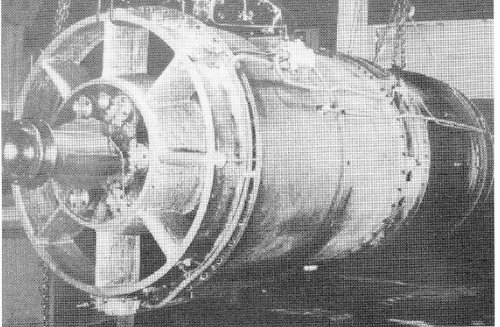In 1945 Heinkel began development of a bomber which was propelled by four jet engines.
This bomber has the layout of the later Victor bomber used by the RAF, a delta wing with a T shaped tail.
This bomber was capable to reach long distance targets I believe even targets into the US.
I'm looking for detailed drawings or original blue prints of this design,I hope someone can help me with these
items or other pics.
This bomber has the layout of the later Victor bomber used by the RAF, a delta wing with a T shaped tail.
This bomber was capable to reach long distance targets I believe even targets into the US.
I'm looking for detailed drawings or original blue prints of this design,I hope someone can help me with these
items or other pics.

![HeinkelLong-RangeBomber6[1].jpg](/data/attachments/51/51667-0e501a74ba7fc5cf18983cef706cb53f.jpg)
![HeinkelLong-RangeBomber-Profile[1].jpg](/data/attachments/51/51668-c612b14c8efca66893c77dd0cdcd675f.jpg)
